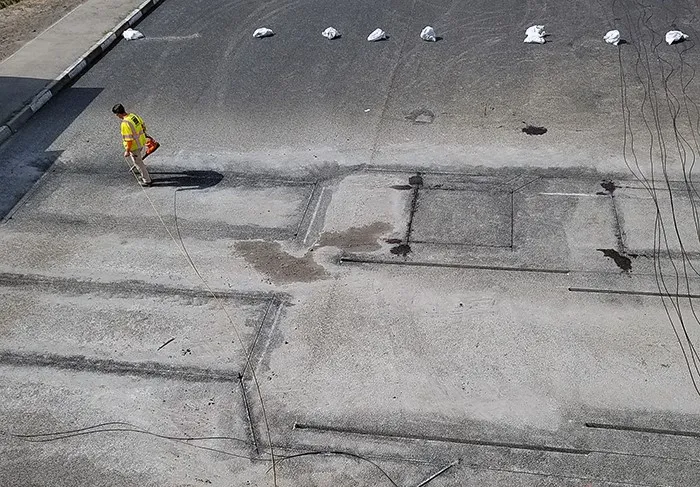Taiwan is to move to non-invasive enforcement technology, with the award to Jenoptik Traffic Solution Division of a contract to supply fixed speed enforcement systems. The new contract includes the supply of MultaRadar S580 non-invasive speed enforcement systems with a high resolution digital Robot SmartCamera. Jenoptik is also installing its Swiss Federal Office of Metrology and Accreditation (METAS) approved non-invasive red light enforcement systems. The system, based on the latest multiple target tracki
June 12, 2013
Read time: 1 min
Taiwan is to move to non-invasive enforcement technology, with the award to 79 Jenoptik Traffic Solution Division of a contract to supply fixed speed enforcement systems. The new contract includes the supply of MultaRadar S580 non-invasive speed enforcement systems with a high resolution digital 2185 Robot SmartCamera.
Jenoptik is also installing its Swiss Federal Office of Metrology and Accreditation (METAS) approved non-invasive red light enforcement systems. The system, based on the latest multiple target tracking radar, is scheduled to be operational by July this year.
Jenoptik and its representative in Taiwan have a long standing relationship with the Taiwanese authorities, with move than 200 Jenoptik enforcement systems already installed in the country.
Jenoptik is also installing its Swiss Federal Office of Metrology and Accreditation (METAS) approved non-invasive red light enforcement systems. The system, based on the latest multiple target tracking radar, is scheduled to be operational by July this year.
Jenoptik and its representative in Taiwan have a long standing relationship with the Taiwanese authorities, with move than 200 Jenoptik enforcement systems already installed in the country.










